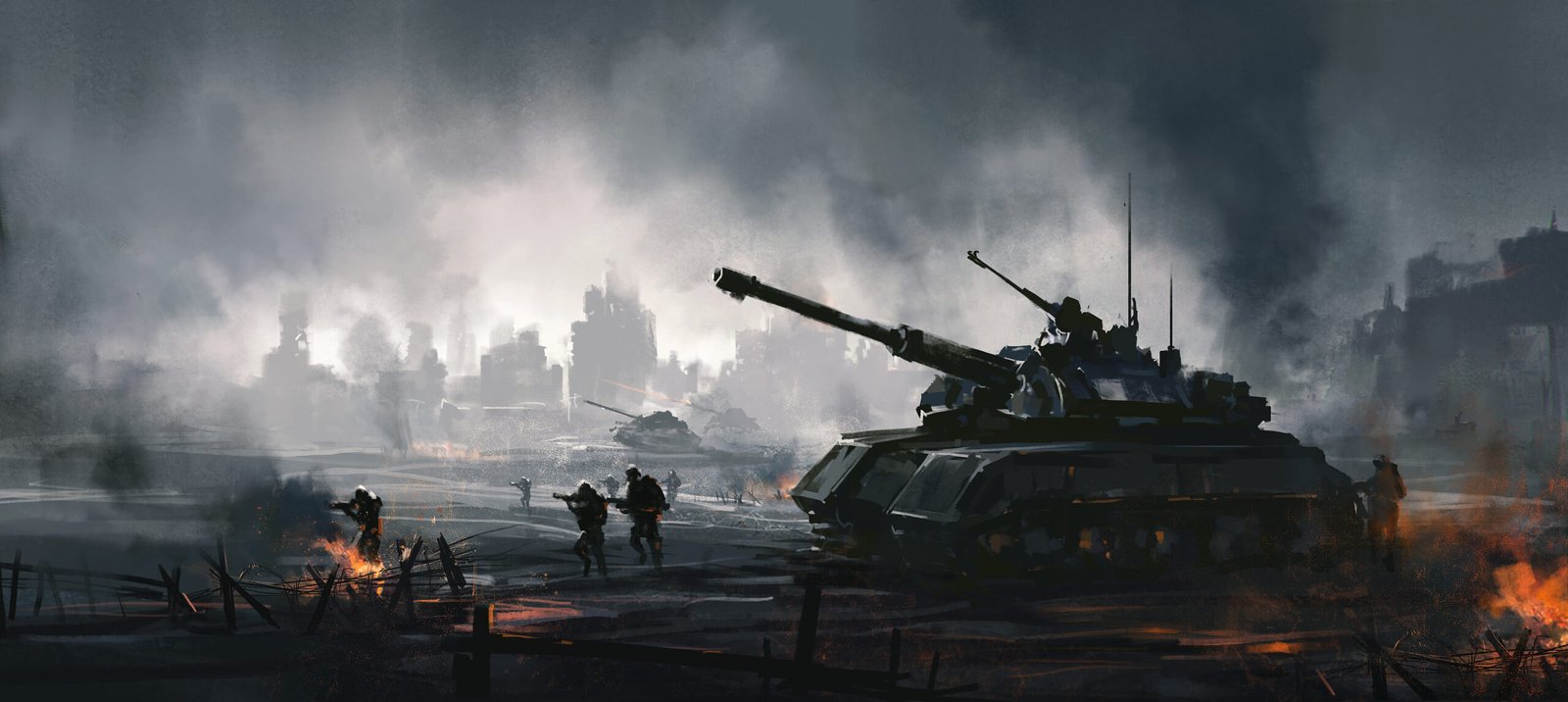Introduction
The ongoing conflict between India and Pakistan has long defined the geopolitics of South Asia. Beyond regional tensions, the conflict significantly influences global trade dynamics and geo-economic strategies due to the countries’ strategic positions and historical tensions.
Historical Context
The roots of the India-Pakistan conflict lie in the partition of British India in 1947. Since then, the two nations have engaged in multiple wars and ongoing skirmishes, primarily centered around the disputed territory of Kashmir.
“Peace is not merely a distant goal that we seek, but a means by which we arrive at that goal.” — Martin Luther King Jr.

Economic Implications for South Asia
The strained relationship stifles economic cooperation and regional integration. According to the World Bank:
Table: Potential India-Pakistan Trade
| Indicator | Current Value | Potential Value if Normalized |
| Bilateral Trade Volume | $2 billion | $37 billion |
| Regional Trade Block (SAARC) Impact | Low | |
| Border Connectivity | Poor | Improved |
Impact on Global Trade Routes
Instability in the region impacts major international trade routes, especially in the Arabian Sea. Projects like the China-Pakistan Economic Corridor (CPEC), part of China’s Belt and Road Initiative, traverse contested territories, raising global trade concerns.
| Indicator | Current Value | Potential Value if Normalized |
| Bilateral Trade Volume | $2 billion | $37 billion |
| Regional Trade Block (SAARC) Impact | Low | |
| Border Connectivity | Poor | Improved |
Defense Spending vs. Development
Military expenditures by both nations are substantial, diverting resources from development.
| Indicator | Current Value | Potential Value if Normalized |
| Bilateral Trade Volume | $2 billion | $37 billion |
| Regional Trade Block (SAARC) Impact | Low | |
| Border Connectivity | Poor | Improved |
Global Diplomatic Alignments
The India-Pakistan standoff shapes global alliances. India’s growing ties with the U.S. and Japan contrast with Pakistan’s strategic alignment with China. These dynamics influence international investments, trade policies, and security frameworks.
Conclusion: A New Era of Trade Strategy
The India-Pakistan war has highlighted the fragility of global trade systems amid geopolitical tensions. Businesses and governments alike are now prioritizing resilience over cost-efficiency. From rewriting FTAs to rerouting supply chains and rethinking sourcing strategies, the global economy is entering a new era where geo-economic strategy is inseparable from geopolitical reality.
As the situation evolves, one thing remains clear: the world can no longer view trade and conflict in isolation. What happens in South Asia reverberates through boardrooms, trade routes, and economic corridors across the globe.






